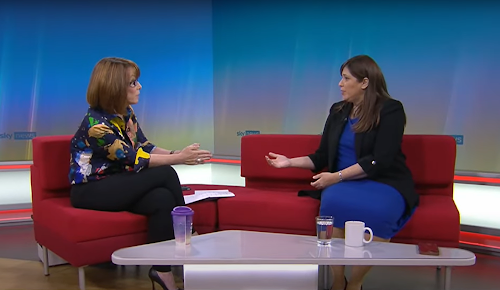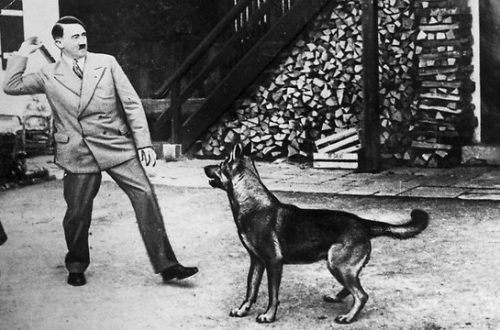This is a guest post from Alex Stein of falsedichotomies.com
For a film that deals with the politics of sexuality, Gus van Sant’s Milk is surprisingly schmaltzy. Sean Penn plays Harvey Milk as a beatific martyr rather than a crafty politician; the emphasis is on the warmth and joy of San Francisco’s gay community rather than on the difficult and unfortunate choices hoisted on that embattled minority. It’s as if Gus van Sant took a decision to take less risks with this one – particularly when contrasted with a film like Elephant – coming to the conclusion that above all else the gay rights struggle needed to be popularized, to be as potent a box-office hit as Lord of the Rings. As a result, and despite it being a very enjoyable film, I left the cinema with the nagging feeling that the really gritty questions had been left out.
The rights Milk fights for are basic ones – equal housing and employment rights, preventing supporters of gay rights from being removed from schools. Today it seems astonishing – at least in the west – that people still needed to fight for these things as recently as the late-1970s. One could still make a strong case that homophobia is a far more threatening prejudice than Islamophobia or anti-Semitism. But the struggle has moved on from basic freedoms to issues of total equality with heterosexuals – most significantly demands for the right to marry and to have children. These can be called normalization issues, and they testify to a dramatic cultural shift in how the gay community perceives itself, one well worth examining, particularly in the saccharine light of a film like Milk.
Harvey Milk himself is depicted as a (mostly) monogamous guy, going through a series of painful but faithful relationships. In reality, his love-life was more complicated. Randy Shilts, the author of the biography The Mayor of Castro Street, quotes Milk as follows, “As homosexuals, we can’t depend on the heterosexual model. We grow up with the heterosexual model, but we don’t have to follow it. We should be developing our own lifestyle. There’s no reason you can’t love more than one person at a time.” By proposing an alternative model for conducting romantic relationships, Milk is suggesting something radical about homosexuality, and arguably something far more challenging to the traditional heterosexual world than two men fucking each other.
This sentiment is supported by Martin Amis (writing in the 1980s): “the straight world expects the gay man to follow its own sexual master-mould. And he doesn’t. Homosexuality isn’t a version of heterosexuality. It is something else again…The consoling idea of the quietly monogamous gay couple is an indolent and sentimental myth. With a large number of exceptions, and all sorts of varieties of degree, it just isn’t like that. Friendship, companionship, fellowship – these are paramount; but pairing-and-bonding on the wedlock model is our own dated fiction. Gay lovers seldom maintain any sexual interest in each other for more than a year or two. The relationship may remain ‘focal’, may well be lifelong, yet the sex soon reverts to the ‘distributive’.” Today, however, gay rights focus on the model of the quiet monogamous couple, married with children. What happened? How did the radical world of 1970s gay activism end up focusing its efforts on aping a number of dubious straight institutions?
I hope it’s not too cynical to suggest that the answer lies with AIDS, whose tragic arrival came three years after the assassination of Harvey Milk. This argument has been most potently phrased by the inimitably belligerent David Kepesh in Philip Roth’s seminal The Dying Animal: “Though now even gays want to get married. Church wedding. Two, three hundred witnesses. And wait till they see what becomes of the desire that got them into being gay in the first place. I expected more from those guys, but it turns out there’s no realism in them either. Though I suppose it has to do with AIDS. The Fall and Rise of the Condom is the sexual story of the second half of the twentieth century. The condom came back. And with the condom, the return of all that got blown out in the sixties. What man can say he enjoys sex with a condom the way he does without? What’s really in it for him? That’s why the organs of digestion have, in our time, come to vie for supremacy as a sexual orifice. To get rid of the condom, they have to have a steady partner, therefore they marry. The gays are militant: they want marriage and they want openly to join the army and be accepted.”
Reality has forced normalization on the gay community. Put simply, the risks of a libertine life have become too great. Increasingly, it seems that gays seek to hunker down and reproduce like the rest of us. And this evolution has been matched in an evolution in homophobia, a trend surely reflected in Kepesh’s little rant, and perhaps – I confess – in this piece as well. Liberal, red-blooded heterosexual males increasingly hold the gay community to different standards. Like Kepesh, they expect more of them. Despite AIDS, gay men still seem to have more sex than most straight men could ever dream of. When they don’t live up to this promiscuous stereotype, though, we are disappointed. For we are looking for them to show us the way out of our predicament.
Are these expectations homophobic? Are we holding the gay community to different standards? Is there something remiss in idealistically looking towards the radical horniness hinted at on the fringes of Milk? Or is it a nostalgic fantasy in the first place? More questions; fewer answers. Milk, though, does little to further the conversation, preferring the model offered by Richard Attenborough’s Gandhi, the sainthood of its subject, rather than making Harvey Milk a living, breathing participant in the twenty-first century’s difficult sexual debates.


